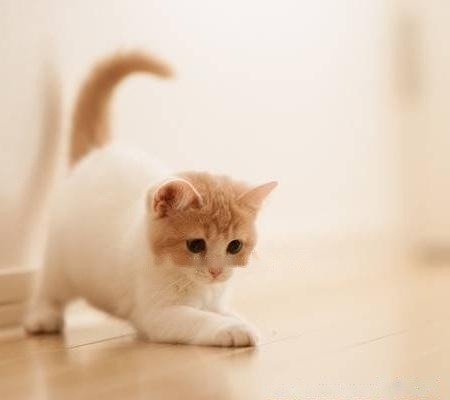It takes a lot of time to keep pets. Not only do you need to pay attention to the pet's diet, but also to clean the pets, clean the living environment, and even need everyone's regular disinfection. This is For a clean home environment, the most important thing is to prevent pets and family members from getting sick.

Cages and kennels are disinfected
Cages for raising animals, choose stainless steel wire, plastic, etc. with smooth surface and easy to clean The materials should be cleaned and disinfected regularly, at least once a week. The usual practice is to soak or soak the cage in the disinfectant solution for at least half an hour, then brush it with washing powder, decontamination powder, etc., and finally rinse it with clean water and dry it. The disinfectant can choose 3% hydrogen peroxide or 0.1% chlorine dioxide solution, which have a strong killing effect on viruses, spores, bacterial propagules, etc. In addition, 1%-2% bleaching powder supernatant can also be used. Since disinfectants may have adverse effects on pets, they should be rinsed well after disinfection.
Larger watch dogs and security dogs should build kennels outdoors. Choose a well-ventilated, well-lit area. The kennel floor is smooth and can be covered with artificial leather for easy cleaning.
The internal and external environment of cat and kennel should be cleaned frequently, feces, dirt and garbage should be cleaned up in time, and disinfection should be done frequently. Generally, the method of spraying or spraying disinfectant is mostly used. The disinfectant can use 3% hydrogen peroxide, 0.1% chlorine dioxide solution, and 10%--20% bleaching powder emulsion.
If pets are kept indoors, attention should also be paid to the disinfection of the air.
Disinfection of pet fur
Pet fur is inevitably contaminated with bacteria and parasites, so daily cleaning of pet fur should be performed by bathing the animal with warm water , and do regular disinfection. If sick, the fur will stick to a large number of pathogenic bacteria or parasites. When the pet is treated, it must be disinfected. Here are some commonly used methods:
Chlorhexidine alcohol disinfection Use 75% chlorhexidine alcohol to rub wounds or wounds with cotton swabs, which can kill purulent Pseudomonas aeruginosa and prevent wound purulence. But this disinfectant has a certain irritant.
Iodophor disinfection Iodophor is a powerful disinfectant, which has a good killing effect on bacteria and fungi, and has a certain irritating effect on the skin and mucous membranes. Usually the skin at the injection site is disinfected and rubbed with local chronic inflammation.
Surface-active disinfectant disinfectants usually include Xinjiermin, Dumaifen (Disinfection) and Chlorhexidine. The general concentrations for skin disinfection are: 1% for sanjierzide, 0.5% for dumephene, and 0.05%—0.1% for chlorhexidine. Among them, chlorhexidine has the strongest bactericidal effect. It is still effective in the presence of pus and blood, and its toxicity and irritation are small. It is an ideal disinfectant. The above three disinfectants can be used in the medicated bath of pets.
Oxidant disinfection This type of disinfectant mainly includes hydrogen peroxide (hydrogen peroxide), potassium permanganate and so on. It is relatively easy to get potassium permanganate in the family, and the aqueous solution with a concentration of 0.1% is generally used. Mainly used for wound disinfection.
Pay attention to the hygiene of pet food
The point of view of disease entering from the mouth is not limited to humans, but also to animals. For mammals such as cats, in addition to paying attention to the nutrition of the feed, more attention should be paid to the hygiene of the food. The main points to note are:
For meat feed, it should be fully heated. In particular, the visceral food of animals such as intestines, stomach and liver must be thoroughly cooked; spoiled food should not be used to feed pets; leftovers and leftovers should be heated before feeding.
Disinfection of tableware and other tools
Aluminum, cast iron, ceramic and plastic tableware can be selected for easy soaking, cleaning and disinfection. Usually you can prepare a few more utensils, which should be replaced in time after each use, and the residual food should be removed in time. Generally, it can be soaked with 0.01%───0.2% peracetic acid, 1%~2% bleaching powder supernatant or 2%~3% soda ash hot solution for about 10 minutes. After taking it out, rinse it with water. , drain the water for the next use.
Other breeding tools such as collars, brushing and combing tools, and decorative items should also be disinfected, and appropriate disinfectants can be selected for soaking and disinfection according to the material.
![[Dog Training 5] The training method of pet dog dining etiquette](/static/img/12192/12192_1.jpg)




